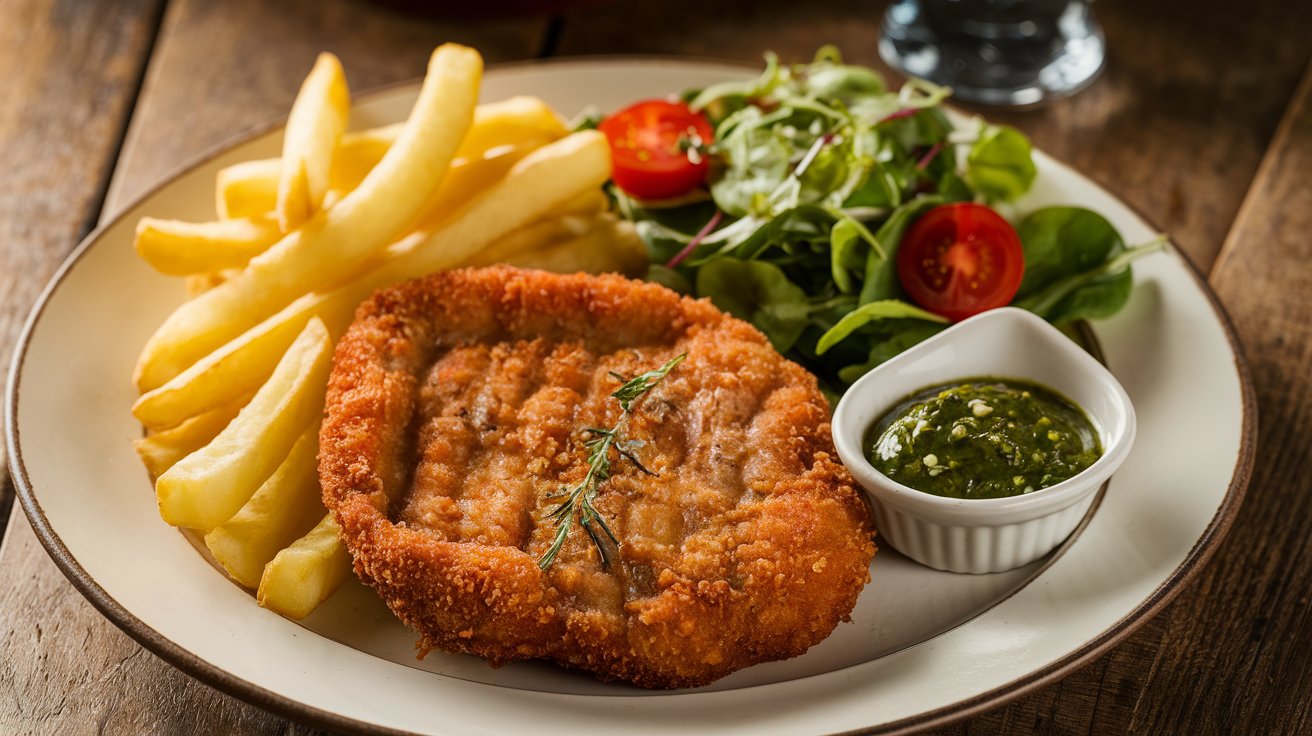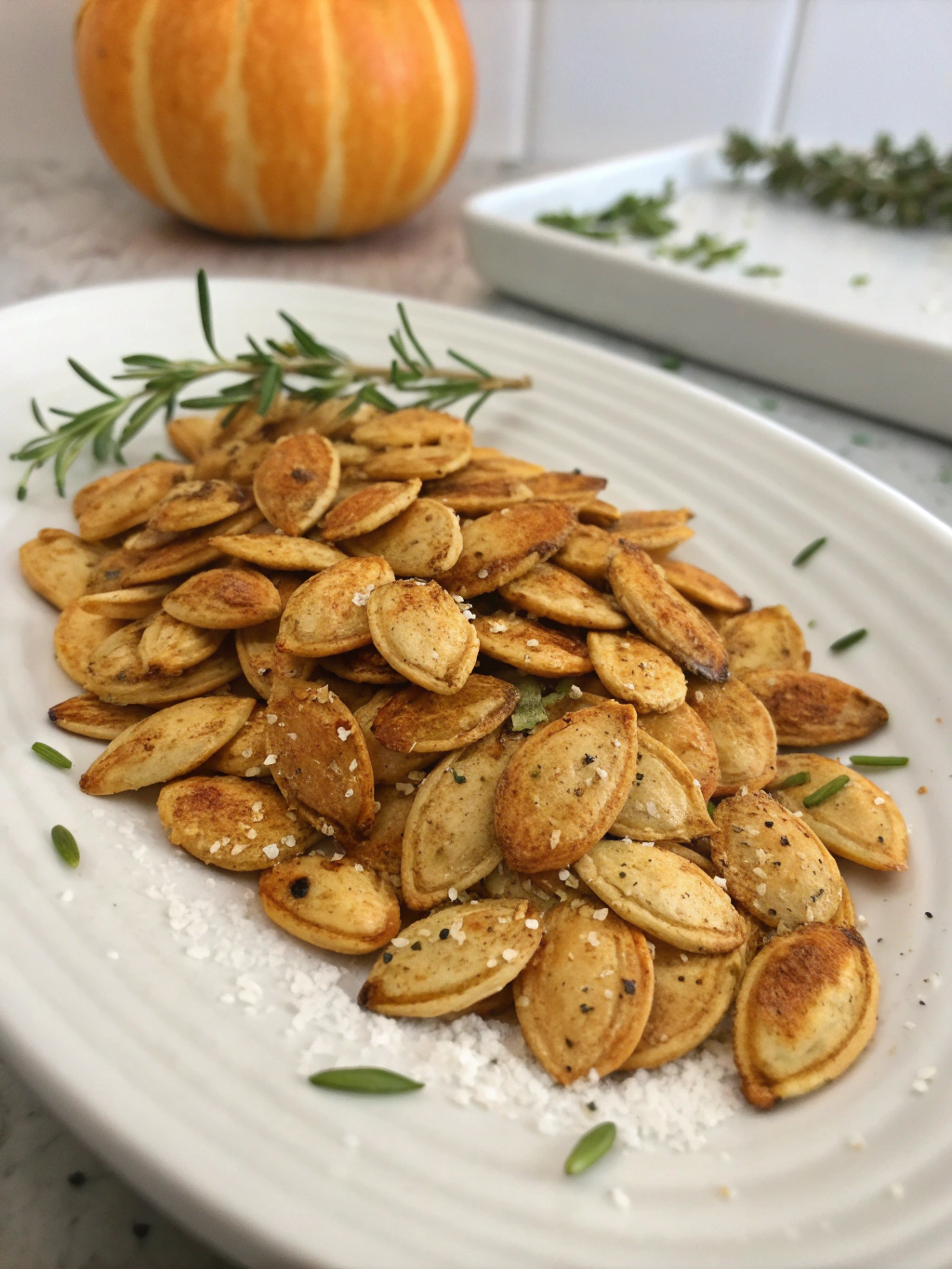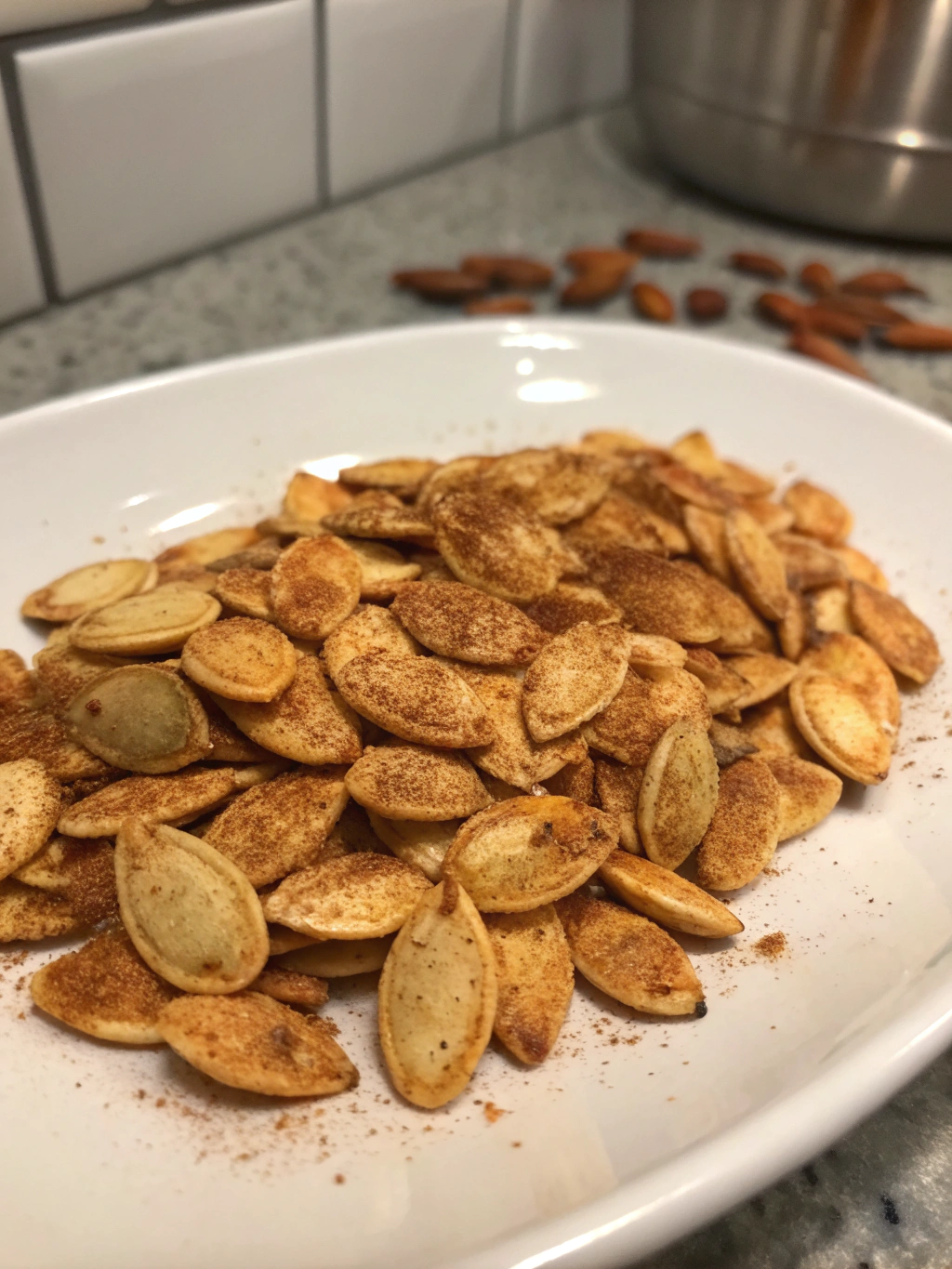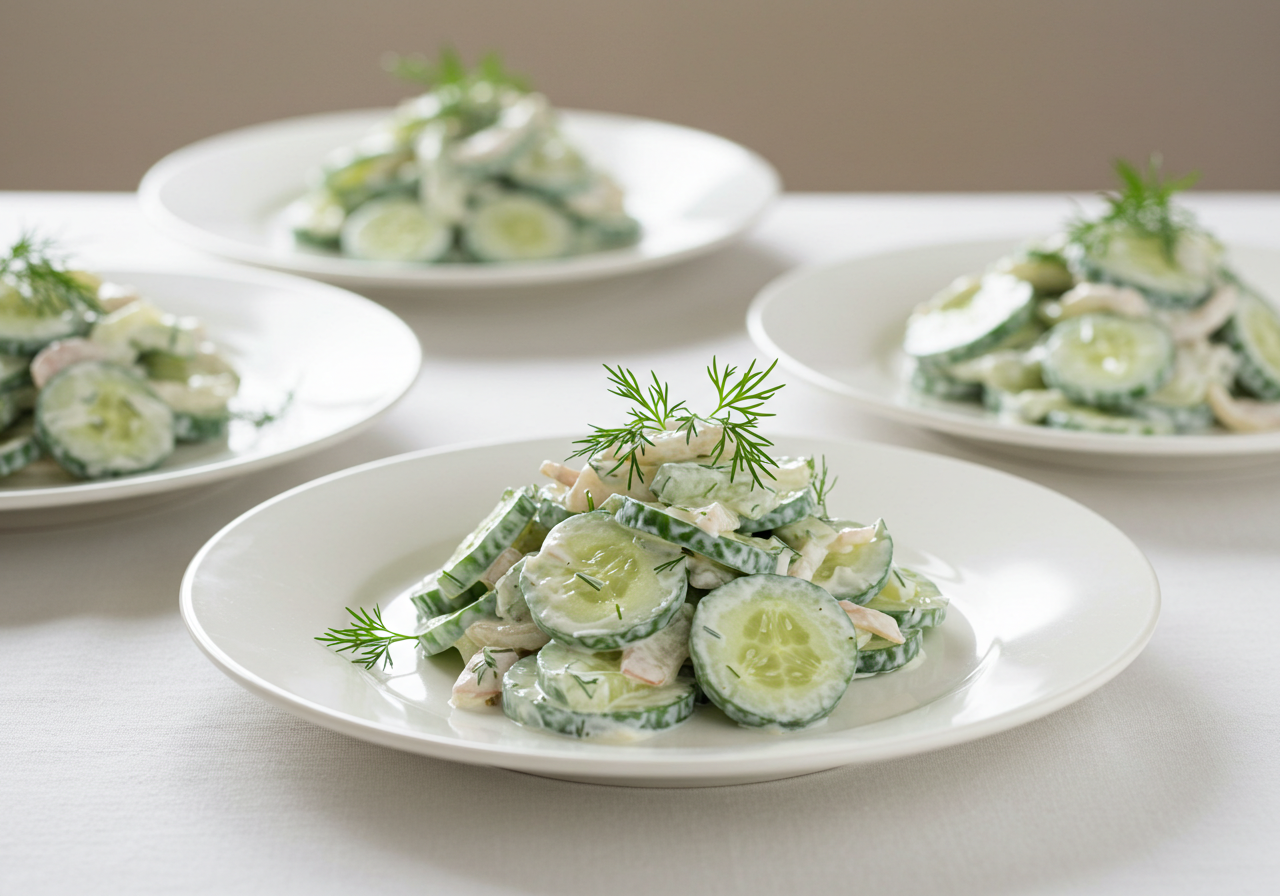Milanesa meat is a cherished dish with roots in European cuisine, boasting an enticing combination of simplicity and versatility. Whether served as a casual family dinner or as part of a gourmet spread, Milanesa has become a worldwide favorite due to its satisfying taste and adaptability.
What is Milanesa Meat?
Milanesa refers to a preparation style rather than a specific cut of meat. Typically, it involves thin slices of beef, chicken, or veal, which are breaded and fried to a golden crisp. The meat is tenderized and seasoned before being coated in flour, beaten egg, and breadcrumbs, resulting in a crispy crust that locks in the juicy flavors of the meat.
While the classic recipe focuses on beef, modern variations use chicken, pork, or even plant-based substitutes, making it suitable for a wide range of dietary preferences.
Origins of the Milanesa
The Milanesa traces its origins to Milan, Italy, where a similar dish known as Cotoletta alla Milanese emerged during the Middle Ages. This Italian delicacy featured breaded veal, pan-fried in butter, and became popular among the aristocracy.
As European immigrants traveled to Latin America, they brought their culinary traditions with them, and the Milanesa was adapted to local tastes. Argentina and Uruguay embraced the dish wholeheartedly, turning it into a staple of their cuisine. Today, Milanesa is synonymous with comfort food in these countries, where it is commonly served with mashed potatoes, fries, or a fresh salad.
Why Milanesa is Popular Worldwide
Milanesa has gained global popularity for several reasons:
- Versatility: Milanesa can be made using various meats and served in countless ways, including as a standalone dish, in sandwiches, or as part of larger meals.
- Ease of Preparation: The recipe is straightforward, requiring minimal ingredients and equipment, making it accessible for home cooks and professional chefs alike.
- Universal Appeal: The crispy, golden breading appeals to people of all ages and culinary backgrounds.
- Cultural Adaptations: Across different countries, the Milanesa has been infused with local flavors and ingredients, creating unique regional variations while preserving its essence.
From the bustling streets of Buenos Aires to casual eateries in Europe and the United States, Milanesa continues to delight food lovers everywhere. Its timeless appeal lies in its simplicity and ability to evoke a sense of home, no matter where it’s enjoyed.
The Ingredients Used in Milanesa
The beauty of Milanesa lies in its simple yet flavorful ingredients. The right combination of meat, seasonings, and coating ensures a crispy exterior and tender, juicy interior. Here’s a closer look at the components that make Milanesa a globally loved dish.
Choosing the Best Cuts of Meat
Selecting the right cut of meat is essential for achieving Milanesa’s characteristic tenderness and flavor. Since the meat is pounded thin, it’s crucial to start with cuts that are easy to tenderize and cook quickly.
Beef Cuts for Milanesa
When preparing Milanesa with beef, opt for lean cuts that are free of excess fat or gristle. Common choices include:
- Top Round: A lean, affordable option that becomes tender when pounded thin.
- Sirloin: Slightly more marbled, this cut adds richness to the dish.
- Eye of Round: A compact, lean cut that works well for Milanesa when properly tenderized.
Alternative Meats (Chicken, Pork, and More)
Milanesa isn’t limited to beef. Alternative meats are often used to suit different tastes and dietary needs:
- Chicken: Boneless, skinless chicken breasts are a popular choice. They are sliced horizontally into cutlets and pounded thin for even cooking.
- Pork: Pork loin or boneless chops provide a flavorful alternative with a slightly richer taste.
- Plant-Based Options: For vegetarians, eggplant slices or soy-based cutlets offer an excellent substitute while maintaining the traditional breaded preparation.
Essential Seasonings for Flavor
Seasoning is a vital step that enhances the meat’s natural flavors and gives Milanesa its delicious taste. Common seasonings include:
- Salt and Pepper: A classic combination to bring out the meat’s natural flavor.
- Garlic Powder or Fresh Garlic: Adds a savory, aromatic depth.
- Paprika or Chili Powder: Optional for a mild kick of spice or smokiness.
- Parsley and Oregano: Fresh or dried herbs to infuse the meat with Mediterranean-inspired flavors.
For best results, season the meat generously and allow it to rest before breading.
Bread Crumb and Coating Choices
The coating is what gives Milanesa its signature crispy texture. Bread crumbs form the foundation of the crust, and there are numerous variations to explore:
- Traditional Bread Crumbs: Fine or medium-textured bread crumbs provide a uniform, crispy coating.
- Panko Bread Crumbs: These Japanese-style bread crumbs result in a lighter, airier crust with extra crunch.
- Seasoned Bread Crumbs: Pre-seasoned varieties save time and add an extra layer of flavor.
For a richer flavor, the coating process typically involves:
- Flour: The first layer, which helps the egg mixture adhere to the meat.
- Beaten Egg: Acts as a binding agent for the bread crumbs.
- Bread Crumbs: The final coating, which creates the crispy outer layer.
Some recipes add grated Parmesan cheese or crushed crackers to the bread crumbs for added texture and flavor. For gluten-free options, substitute traditional bread crumbs with almond flour, crushed cornflakes, or gluten-free alternatives.
The key to a perfect Milanesa lies in evenly coating the meat and ensuring the breadcrumbs adhere well before frying to golden perfection.
The Preparation Process
The preparation of Milanesa involves a series of straightforward steps, each essential to achieving its hallmark taste and texture. Whether you’re a seasoned chef or a home cook, following these steps ensures success every time.
Preparing the Meat: Marinating and Tenderizing
- Tenderizing:
Begin by pounding the meat thin using a meat mallet. This step ensures even cooking and helps to break down tough fibers, making the meat tender. - Marinating:
Marinating the meat enhances its flavor. A simple marinade of garlic, lemon juice, salt, and olive oil is often used, although regional recipes may call for additional spices or herbs. Allow the meat to marinate for 30 minutes to an hour for best results.
Creating the Perfect Breading Mixture
The breading process involves three essential layers:
- Flour: Lightly dust the meat with all-purpose flour, shaking off excess. This creates a dry surface for the egg to adhere to.
- Egg Wash: Dip the floured meat into a mixture of beaten eggs, often seasoned with salt, pepper, and a splash of milk or water.
- Bread Crumbs: Coat the meat evenly with bread crumbs, pressing gently to ensure adherence. Variations may include mixing herbs, grated cheese, or spices into the bread crumbs for added flavor.
Let the breaded meat rest for 5–10 minutes before frying to set the coating.
Frying Techniques for Milanesa
- Oil Selection:
Use a neutral, high-smoke-point oil like vegetable, sunflower, or canola oil. - Temperature Control:
Heat the oil to approximately 350°F (175°C) to ensure a crispy crust without overcooking the interior. - Frying Process:
Fry the meat for 2–3 minutes per side, or until golden brown. Avoid overcrowding the pan, as this lowers the oil temperature and results in uneven cooking.
Drain excess oil by placing the cooked Milanesa on paper towels.
Baking as a Healthier Option
For a lighter version of Milanesa:
- Preheat your oven to 400°F (200°C).
- Arrange breaded meat on a greased or parchment-lined baking sheet.
- Spray the tops lightly with cooking oil to promote browning.
- Bake for 20–25 minutes, flipping halfway through, until golden and fully cooked.
Variations of Milanesa
While the classic Milanesa is delicious on its own, numerous variations cater to diverse palates and dietary preferences.
Milanesa a la Napolitana
This Argentine favorite is topped with tomato sauce, ham, and melted cheese, similar to a pizza. Often garnished with oregano and served with fries or mashed potatoes, it’s a hearty and indulgent twist.
Milanesa de Pollo (Chicken Milanesa)
Made using tender chicken breasts, this variation is lighter than its beef counterpart. It pairs beautifully with fresh salads or roasted vegetables, offering a healthier alternative.
Vegan and Vegetarian Options
For those seeking plant-based alternatives:
- Eggplant Milanesa: Sliced eggplant rounds serve as a satisfying base, offering a meaty texture when breaded and fried.
- Soy or Seitan Cutlets: Plant-based proteins like soy or seitan are excellent substitutes, mimicking the texture and flavor of traditional Milanesa.
- Zucchini or Cauliflower: Thin slices of zucchini or cauliflower florets make creative, vegetable-forward options.
These variations ensure that Milanesa remains an inclusive dish, adaptable to any lifestyle or dietary need.
Step-by-Step Recipe for Homemade Milanesa
Making Milanesa at home is a rewarding experience that allows you to customize the dish to your taste. Follow this comprehensive guide to create a perfectly crispy and flavorful Milanesa.
Ingredients List
For 4 servings, you’ll need:
- Meat:
- 4 thin slices of beef, chicken, or pork (about 4–6 ounces each)
- Seasonings:
- Salt and pepper to taste
- 2 cloves of garlic, minced (optional)
- 1 teaspoon paprika or chili powder (optional)
- Breading:
- 1 cup all-purpose flour
- 2 large eggs, beaten
- 1½ cups bread crumbs (plain, panko, or seasoned)
- Cooking:
- Neutral oil for frying (e.g., vegetable or canola oil)
Preparation Instructions
- Prepare the Meat:
- Lay each slice of meat between two sheets of plastic wrap and pound with a meat mallet until about ¼ inch thick.
- Season the meat on both sides with salt, pepper, and optional spices.
- Set Up the Breading Station:
- Place the flour on a plate.
- Beat the eggs in a shallow bowl.
- Spread the bread crumbs on a separate plate.
Cooking Instructions
- Bread the Meat:
- Dredge each piece of meat in the flour, ensuring an even coating. Shake off any excess.
- Dip the floured meat into the beaten eggs, coating it fully.
- Press the meat into the bread crumbs, making sure it is completely covered.
- Fry the Milanesa:
- Heat about ½ inch of oil in a large skillet over medium heat until it reaches 350°F (175°C).
- Carefully place the breaded meat into the hot oil and fry for 2–3 minutes per side, or until golden brown and cooked through.
- Transfer to a plate lined with paper towels to drain excess oil.
- Optional Baking Method:
- Preheat the oven to 400°F (200°C).
- Arrange breaded meat on a greased baking sheet and spray lightly with oil.
- Bake for 20–25 minutes, flipping halfway, until crispy and fully cooked.
Tips for Perfection
- Dry Before Breading: Pat the meat dry with paper towels before seasoning to help the breading adhere better.
- Chill the Breaded Meat: Rest the breaded slices in the refrigerator for 15 minutes before frying to prevent the coating from falling off.
- Monitor Oil Temperature: Use a thermometer to ensure the oil stays at the ideal frying temperature for a crispy, non-greasy crust.
- Customize Your Crust: Add Parmesan cheese or herbs to the bread crumbs for extra flavor.
Milanesa in Modern Cuisine
Milanesa has found new life in contemporary culinary scenes, inspiring chefs and food enthusiasts to push the boundaries of this traditional dish.
Fusion Dishes Featuring Milanesa
- Milanesa Sushi Rolls: Thinly sliced Milanesa wrapped in rice and nori, topped with avocado and spicy mayo.
- Milanesa Tacos: Crispy Milanesa strips served in tortillas with salsa, guacamole, and pickled onions.
- Milanesa Ramen: Breaded and fried cutlets added to steaming bowls of ramen for a crunchy twist.
Milanesa in Street Food
Street vendors have embraced Milanesa for its versatility:
- Milanesa Sandwiches (Tortas): Popular in Mexico, these sandwiches combine Milanesa with avocado, tomato, lettuce, and spicy condiments.
- Milanesa Wraps: Thin slices of Milanesa wrapped in flatbread with fresh vegetables and yogurt-based sauces.
- Milanesa Sliders: Bite-sized sandwiches featuring crispy Milanesa patties.
Creative Twists on the Classic Recipe
- Milanesa Bowls: Serve Milanesa over rice or quinoa with a variety of toppings like roasted vegetables, beans, and chimichurri.
- Stuffed Milanesa: Add a layer of cheese, ham, or spinach between two slices of meat before breading and frying.
- Sweet and Savory Milanesa: Glaze with honey mustard or drizzle with a balsamic reduction for a gourmet touch.
Milanesa continues to inspire innovation, proving its timeless appeal and adaptability to modern tastes and trends.
Conclusion
Celebrating the Milanesa Tradition
Milanesa is more than just a dish; it’s a culinary tradition that has stood the test of time. From its origins in Milan to its widespread adoption in Latin America and beyond, Milanesa represents comfort, versatility, and innovation. Its universal appeal lies in its ability to adapt to different cultures, ingredients, and preferences while retaining its essence—a perfectly breaded and flavorful cutlet that brings people together.
Why You Should Try Milanesa Today
Whether you’re a seasoned foodie or someone looking to explore new flavors, Milanesa is a must-try. Its simplicity, ease of preparation, and endless variations make it a dish that caters to every palate and occasion. Try it at home or enjoy it at your favorite eatery, and you’ll understand why Milanesa has become a beloved global classic.
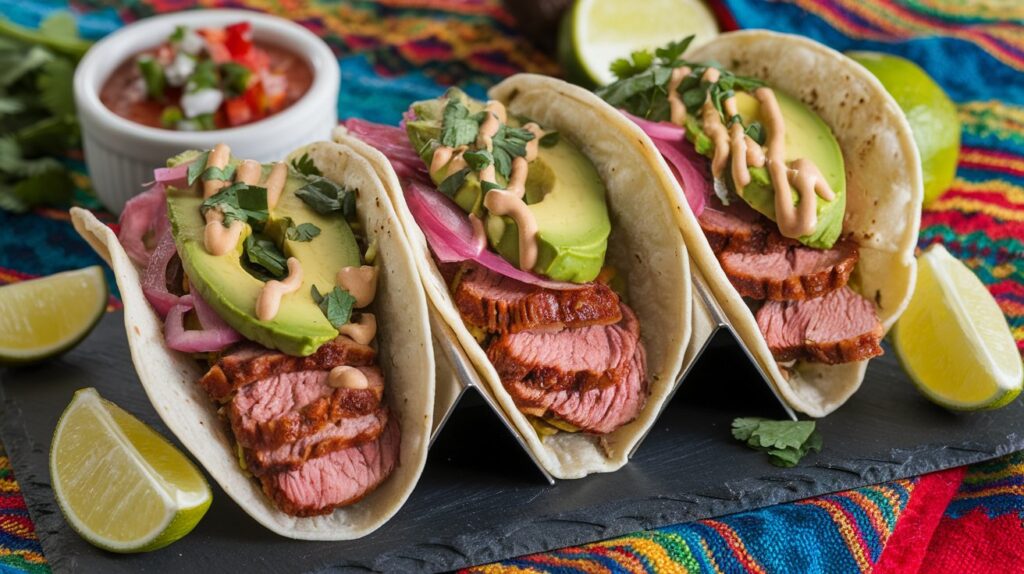
FAQs
What is the difference between Milanesa and schnitzel?
Milanesa and schnitzel are similar breaded meat dishes but have distinct differences.
- Milanesa: Originating from Italy and widely popular in Latin America, Milanesa often includes additional seasonings and toppings, such as tomato sauce and cheese (as in Milanesa a la Napolitana). It is also made with various meats like beef, chicken, and pork.
- Schnitzel: A traditional German and Austrian dish, schnitzel is typically made with veal or pork and served plain or with a squeeze of lemon.
Can Milanesa be made gluten-free?
Yes, Milanesa can be made gluten-free by substituting:
- Flour: Use gluten-free flour or cornstarch.
- Bread Crumbs: Use gluten-free bread crumbs, crushed gluten-free crackers, or almond flour.
Ensure all other ingredients, such as seasonings, are also gluten-free.
How do you store and reheat Milanesa?
- Storage: Place cooked Milanesa in an airtight container and refrigerate for up to 3 days. For longer storage, freeze them individually wrapped in foil or plastic wrap for up to 2 months.
- Reheating: Reheat in the oven at 350°F (175°C) for 10–15 minutes or in an air fryer for 5–7 minutes to restore crispiness. Avoid microwaving, as it can make the coating soggy.
Is Milanesa suitable for meal prepping?
Absolutely! Milanesa is an excellent meal prep option because it holds up well when stored and reheated. To make it more versatile:
- Prepare multiple portions of Milanesa and store them plain.
- Pair with different sides (e.g., rice, salad, roasted vegetables) for variety throughout the week.
What are some unique toppings for Milanesa?
Take your Milanesa to the next level with creative toppings:
- Cheese and Ham: Create a Milanesa a la Napolitana-style dish.
- Avocado and Salsa: Add fresh avocado slices and a zesty salsa for a Mexican-inspired twist.
- Poached Eggs: Top with a poached or fried egg for a hearty meal.
- Creamy Mushroom Sauce: Drizzle with a savory mushroom or mustard cream sauce for an elegant touch.
Milanesa’s versatility allows for endless possibilities, making it a favorite for both traditional and experimental food lovers.
For readers exploring the rich flavors and versatility of Milanesa meat, be sure to check out some of the other delicious recipes on the site that complement or inspire similar culinary creations. For a hearty breakfast idea, consider this Ground Beef Breakfast Recipe, which highlights another way to use ground meats creatively. Pair your Milanesa with light and flavorful options like a Crispy Chicken Salad for a balanced meal. For a twist on comfort food, explore the White Cheddar Mac and Cheese recipe, which can be a perfect accompaniment to your Milanesa.

